A crucial economic indicator, the debt-to-GDP (gross domestic product) ratio offers important clues about the fiscal health and economic stability of a nation. It acts as a benchmark for determining how well a country can handle its debt commitments in light of the size of its economy.
The debt-to-GDP ratio compares a nation’s total debt to its economic production, as measured by its GDP, and is a straightforward yet effective metric. It gives a quick picture of a country’s debt load in proportion to the size of its entire economy and is given as a percentage.
A low debt-to-GDP ratio is generally seen as a sign of economic stability. When a country’s debt is significantly smaller than its GDP, it indicates that the economy is generating sufficient income to cover its debt obligations. Conversely, a high ratio can suggest that the country may have trouble repaying its debts.
Global investors often consider a nation’s debt-to-GDP ratio when making investment decisions. A lower ratio is more attractive to investors as it indicates a lower risk of default, which can result in lower interest rates on government bonds.
With that said, below are the African countries with the highest debt-to-GDP ratio. This list below is courtesy of Trading Economics, a data platform that offers its customers precise data for 196 nations, including historical data and projections for more than 20 million economic indicators, currency rates, stock market indices, government bond yields, and commodity prices.
The list also highlights the figures dating back to December 2022.
| Rank | Country | Debt-to-GDP ratio |
| 1. | Eritrea | 164% |
| 2. | Cape Verde | 127% |
| 3. | Mozambique | 101% |
| 4. | Republic of the Congo | 99.57% |
| 5. | Sierra Leone | 98.8% |
| 6. | Ghana | 88.8% |
| 7. | Egypt | 87.2% |
| 8. | Gambia | 80.8% |
| 9. | Senegal | 75% |
| 10. | Morocco | 71.6% |


